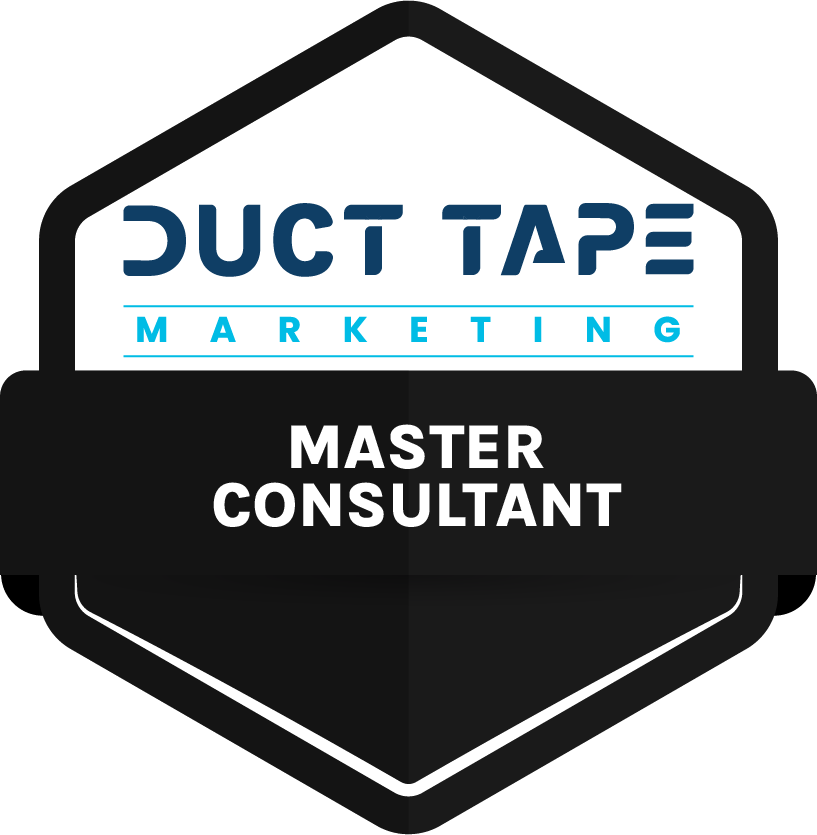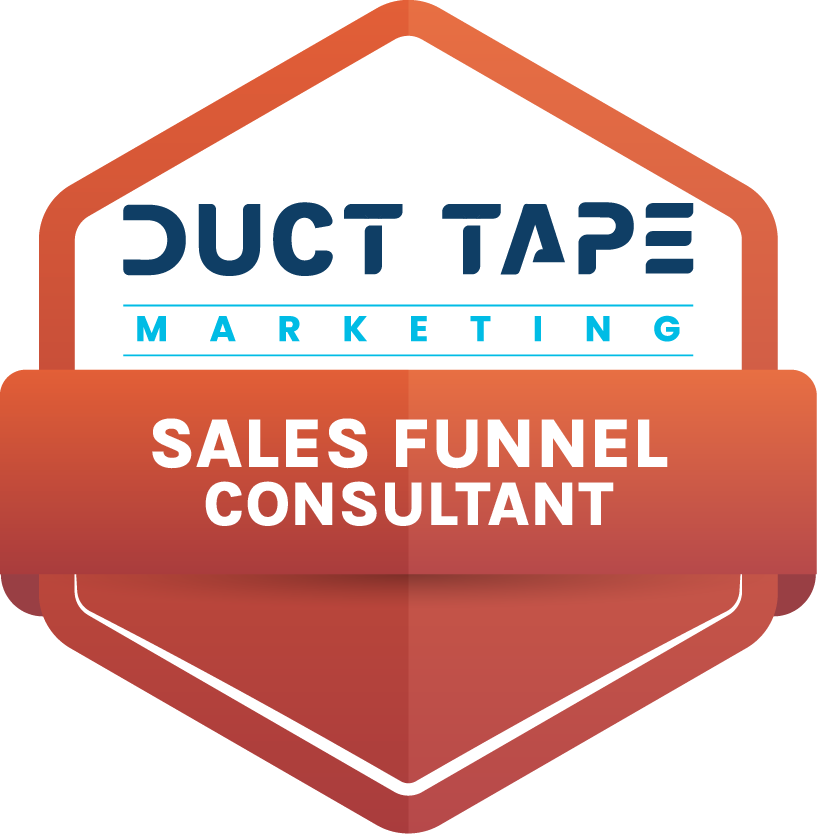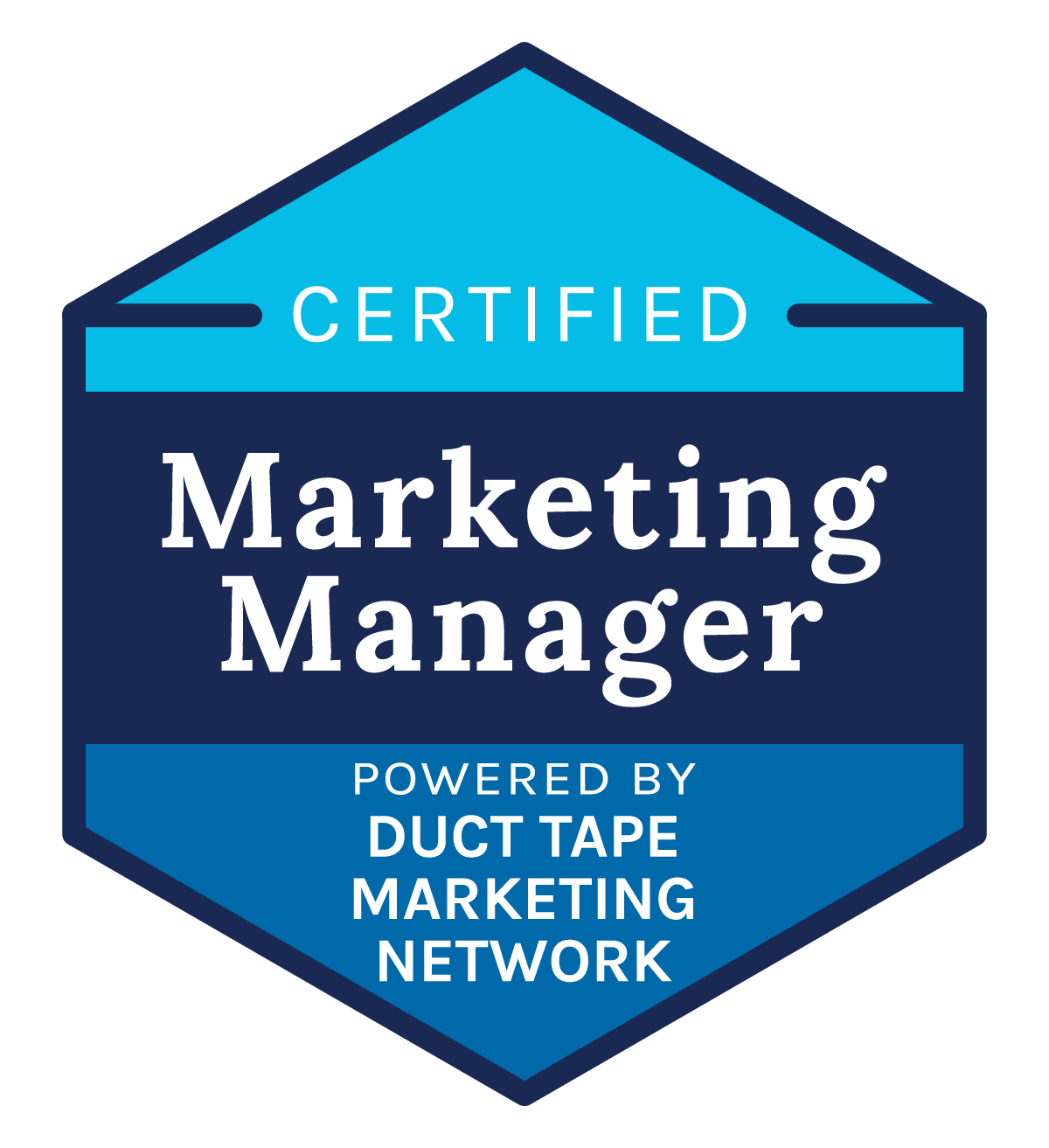
by Patrick Lefler
For small growing companies, customer development is the most important task to ensure survival. And this customer development process is all about understanding who you are selling to and why they want to by it. Noted author and entrepreneur Steven Gary Blank perhaps says it best when talking about the risks for these types of companies:
“The greatest risk–and hence the greatest cause of failure–is not in the development of the new product but in the development of customers and markets. [They] don’t fail because they lack a product; they fail because they lack customers…”
Customer development information does not come easily, nor does it become apparent even after you’ve sold your first product. Sometimes you find yourself focusing on the wrong customers, not understanding the demand that buyers have for your product. And other times you focus on the wrong features. In many cases, your best customers are unexpected or they come from markets that were overlooked the first go-around.
In an essay titled The New Venture, Peter Drucker recounts a wonderful story of just such an occurrence.
“Shortly after World War II, a small Indian engineering firm bought the license to produce a European-designed bicycle with an auxiliary light engine. It looked like the ideal product for India; yet it never did well. The owner of this small firm noticed, however, that substantial orders came in for the engines alone. At first, he wanted to turn down these orders; what could anyone possibly do with such a small engine? It was curiosity alone that made him go to the actual areas that the orders came from. There he found farmers who were taking the engines off the bicycles and using them to power irrigation pumps that hitherto had been hand-operated. This manufacturer is now the world’s larger maker of small irrigation pumps, selling them by the millions. His pumps have revolutionized farming all over Southeast Asia.”
For start-ups and other small growing companies, the best lesson to learn is that you may find customers in markets that no one imagined when the product was first developed. The only way to find these different markets is to get out of the office and investigate. If you see unexpected customers in unexpected markets, find out what’s driving demand. And don’t dismiss the unexpected as a ‘one-off’ exception or a fluke.
Here’s the takeaway: Unexpected customers can come from the most unexpected of markets. Get out of the office; investigate these exceptions and factor that demand into your product development going forward.
Patrick Lefler is the founder of The Spruance Group; a management consulting firm that helps growing companies grow dramatically faster. He is a former Marine Corps officer and a graduate of both Annapolis and The Wharton School. The Spruance Group acts as a trusted partner by offering unbiased advice and providing unique solutions to help clients solve their most pressing product strategy needs. For more information, please visit www.spruancegroup.com





